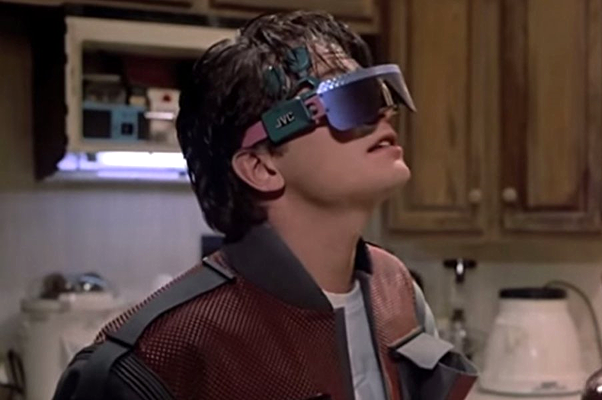Last week I attended the always excellent MoJo London gathering, hosted by BBC Media Action's Corinne Podger and Daniel Jackson, Head of Communities at Trinity Mirror. This monthly session is for people wanting to learn tips and tricks for mobile reporting and storytelling, one of several regular meet ups across the world. There is also a conference and a very active Facebook group where people share their latest experiments and experiences with new gear. (Nick Garnett, Glen Mulcahy and Yusuf Omar are always popping up with useful insights. True MoJo geeks, in the nicest possible way.)
Most attendees are working or have worked as journalists or media professionals but the great thing about the smartphone is how democratic a device it is. You don't need to be in 'the industry' to learn how to film a story or make a narrative. And the story could be anything anywhere, from a holiday hike in the mountains to a spontaneous riot in the city. This mobile newsroom has been particularly liberating for citizen journalists, as I've discussed here before. In the age of Periscope and Facebook Live, their in-the-moment reporting will be in even greater demand. Traditional broadcasters and reporters are finally catching up. Some are even going further – Al Jazeera on Snapshot Discover, for instance.
But back to the smartphone and the unbelievable quality at speed that it offers. Your iPhone 6 could easily make a cinematic Sundance hit, if the story is strong enough, of course. And you don't need to be built like a prop forward to carry the basic gear required to capture, edit and send broadcast-quality content. A major step forward for women, of course.
Two thirds of the country now own a smartphone according to Ofcom. It's the Swiss army knife of technologies, apparently wielding more power than all of NASA's computing in 1969. Ah, you know the rest. You are probably reading this on the go, while streaming a tune, going back and forth on WhatsApp, checking Instagram and whatever else takes your fancy.
Apps have been another major boon when it comes to facilitating creativity, allowing us to quickly make and share what comes to mind. And not simply in one medium: often, you can combine stills, moving image, sound and text commentary to find your own 'voice'. One app that blew my mind is Quik. And it certainly is.
The best way to understand something is to play with it. So we each set off around Canary Wharf to capture our own take on the beating heart of London's finance district. Half an hour later, we gathered in Trinity Mirror's offices to piece together our stories. It was amazing to see the different approaches taken, from happy snaps diaries to more whimsical takes, each powered by Quik's clever themes … and a little journalistic flair. Here's what I came up with…
Interested in journalism and keen to get more out of your smartphone? Then come to the next meet up in London. It's free, fun and definitely inspiring.


